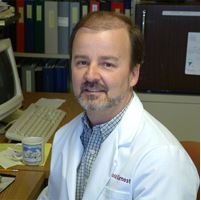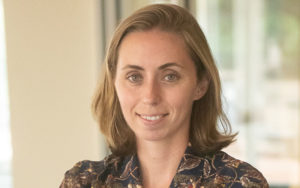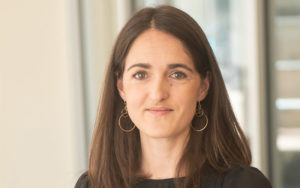
Center for Biological Clocks Research
Welcome to The Center for Biological Clocks Research at Texas A&M University. The CBCR provides an organizational structure to enhance and coordinate research and education activities among 15 circadian rhythms researchers at Texas A&M University and the Texas A&M University System Health Science Center. The goal of the CBCR is to promote discoveries in the field of chronobiology and to train researchers at all levels and in diverse disciplines, with chronobiology as a research focus.
IN THE NEWS
Ebimobowei Preh Clocks Student Spotlight

Ebimobowei Preh is a graduate student in the Dr. Bell-Pedersen laboratory studying circadian clocks in Neurospora crassa. Ebimobowei is our Center for Biological Clocks Research Spotlight this month, sharing his experiences for students in academia!
Dr. Dave Earnest Clocks Faculty Spotlight

Dr. David Earnest is a professor in the Department of Neuroscience and Experimental Therapeutics at the Texas A&M College of Medicine and focueses on neurobiology of biological clocks that regulate circadian rhythms in sleep and other body processes. Dr. Earnest is our Center for Biological Clocks Research Spotlight this month, sharing his experiences for students in academia!
Dr. Paul Hardin Clocks Faculty Spotlight

Dr. Paul Hardin is the John W. Lyons Jr. ’59 Chair and Distinguished Professor of Biology at Texas A&M University, and is internationally recognized as an authority on molecular mechanisms of the circadian clock. Dr. Hardin is our Center for Biological Clocks Research Spotlight this month, sharing his experiences and advice for students in academia!
Dr. Kira Delmore Earns NSF Career Award

Dr. Kira Delmore, an assistant professor in the Department of Biology at Texas A&M University, has been selected to receive a National Science Foundation Faculty Early Career Development (CAREER) Award, a prestigious honor intended to help kick-start the careers of rising faculty with the potential to become academic leaders in both research and education.
Dr. Delmore is the first investigator in Texas A&M Biology to be honored with the prestigious award, please take a moment to congratulate Dr. Delmore and read more about her research and award!
Dr. Deb Bell-Pedersen Clocks Faculty Spotlight

Dr. Deborah Bell-Pedersen is the Associate Head of Texas A&M Biology. She is recognized as a leader in investigating the mechanisms by which circadian oscillators control rhythmic gene expression. Dr. Bell-Pedersen is our Center for Biological Clocks Research Spotlight this month, sharing her experiences and advice for students in academia!
Texas A&M Biologists Uncover Protein Essential to Clock Gene Expression Repression in Monarch Butterflies

Scientists have known for several decades that mutations in the period gene which governs rhythmic transcription in mammals can wreak havoc on their circadian, or 24-hour, rhythms. They’ve also long known why, but thanks to Texas A&M University biologists in the Center for Biological Clocks Research (CBCR), scientists now know the how behind the why, courtesy of recent research published in PNAS that points to a new protein, the heat shock protein HSP68, which is also crucial to the tumultuous mix. Please read more about this exciting discovery from Christine Merlin, Jerome Menet and Paul Hardin — and their respective pooled insights across three model organisms: monarch butterflies, mice and fruit flies.
Dr. Deb Bell-Pedersen Elected as AAAS Fellow

Dr. Terry Thomas University Professor of Biology Deborah Bell-Pedersen was recently recognized as a 2021 Fellow of the American Association for the Advancement of Science (AAAS). Bell-Pedersen is cited by the Biological Sciences section of the AAAS “for distinguished contributions to the field of molecular biology, particularly using Neurospora to understand genetic controls of circadian rhythms and circadian rhythm controls of gene expression.” Dr. Bell-Pedersen was one of 564 AAAS members honored this year by their peers for their efforts to advance science or its applications. Congratulations Dr. Bell-Pedersen!
